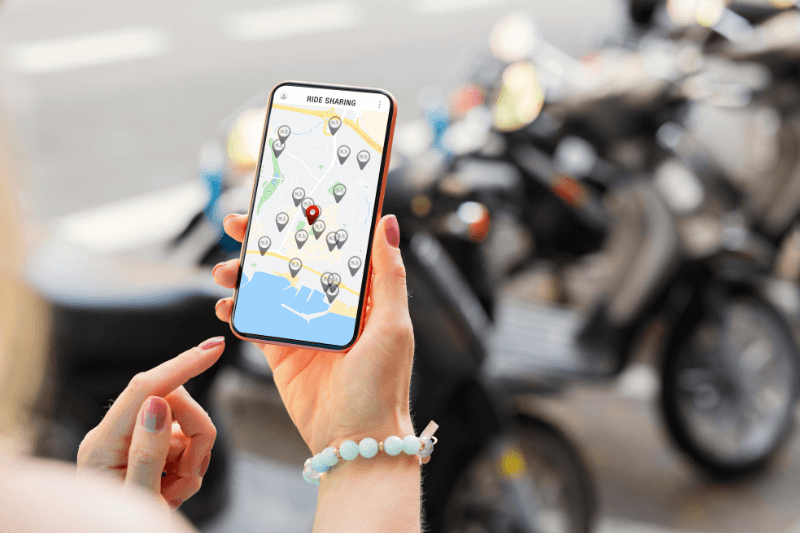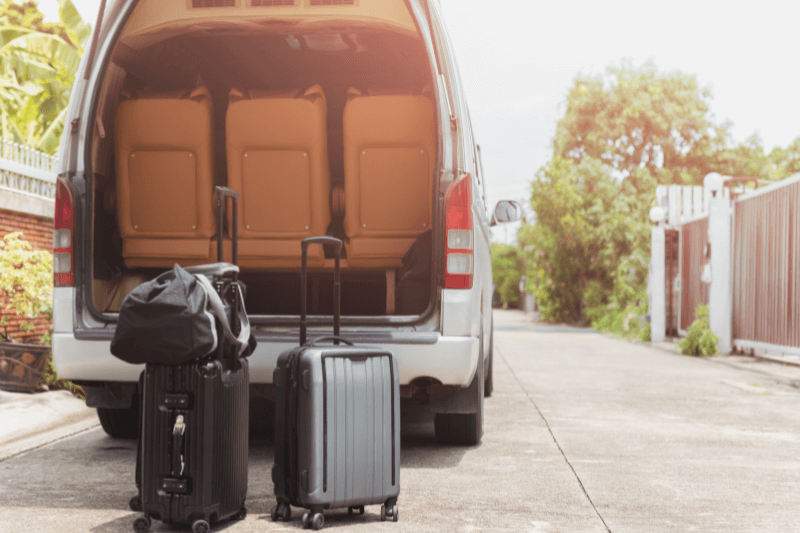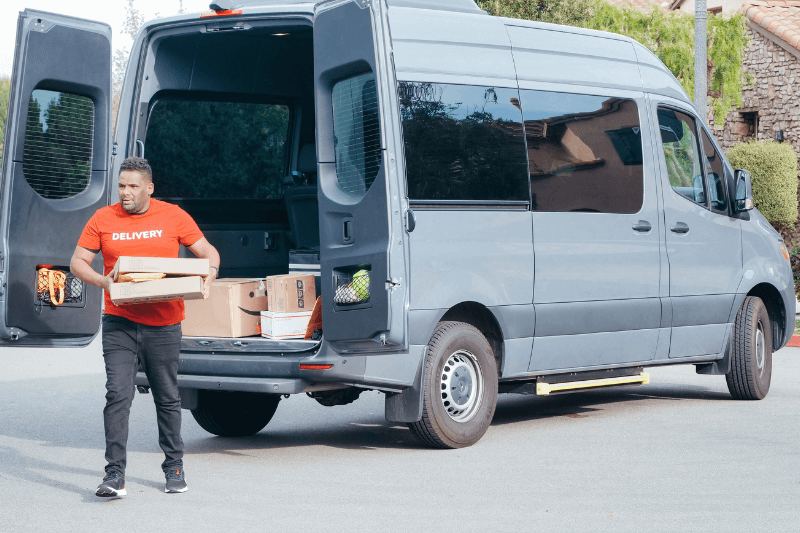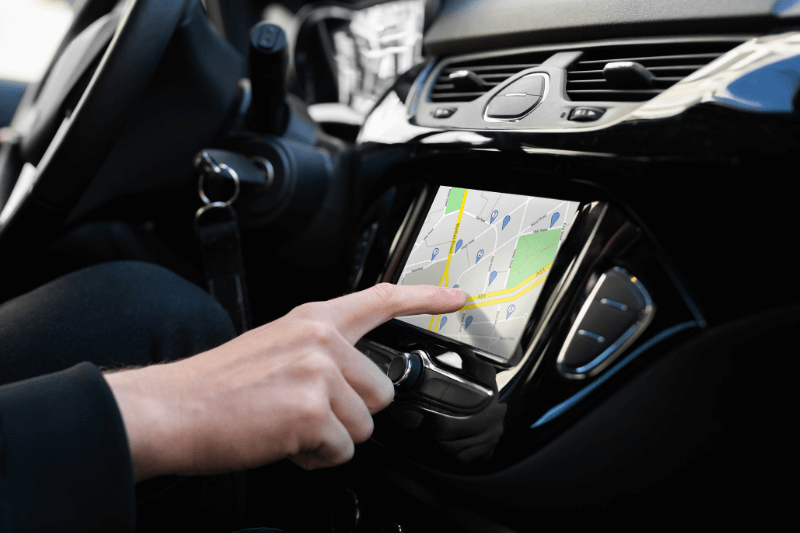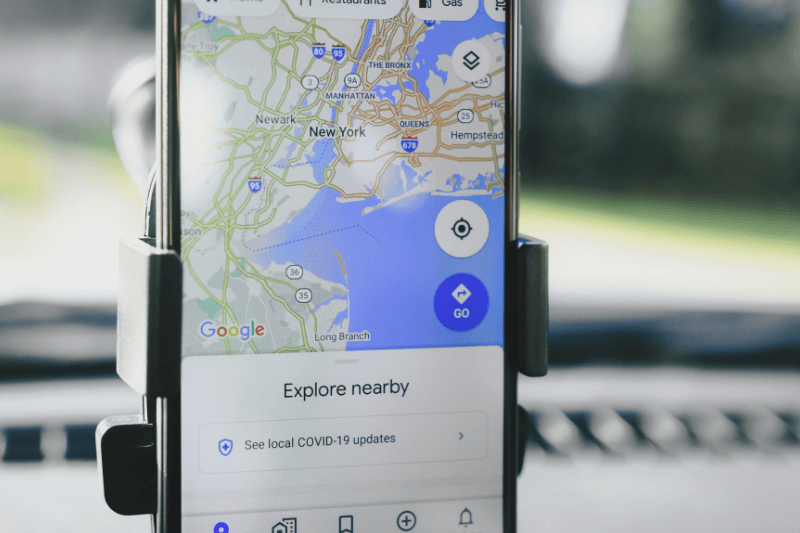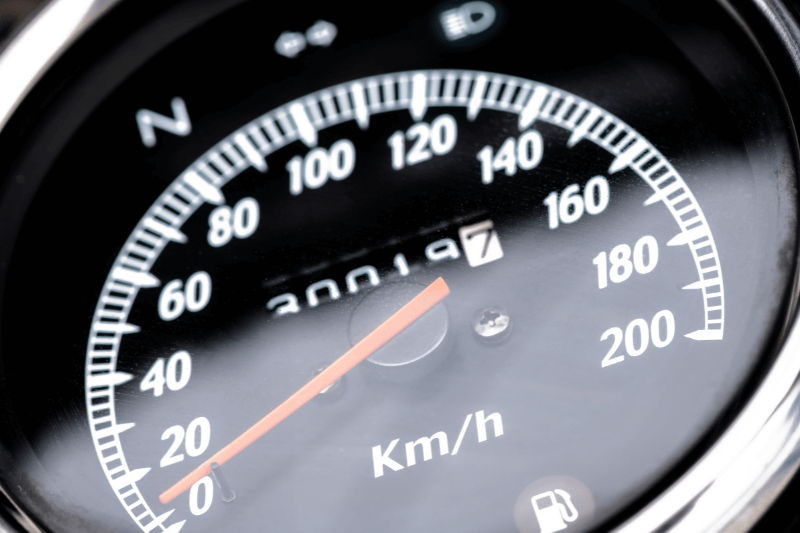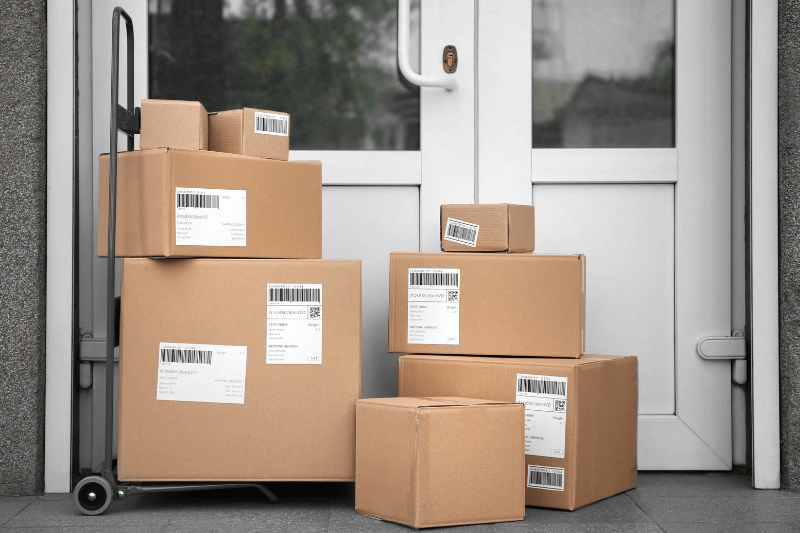How to Adjust to Driving on the ‘Opposite’ Side of the Road
December 17, 2018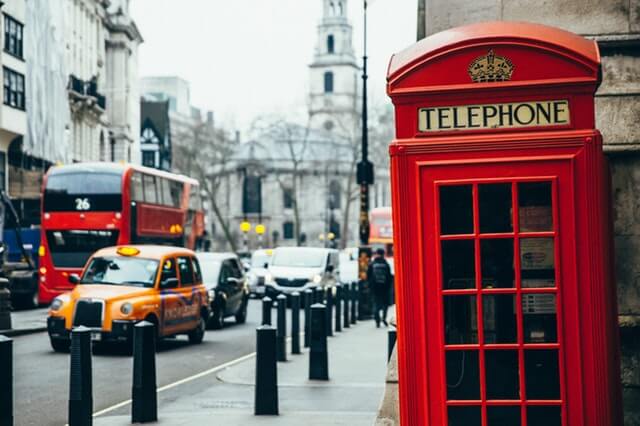
It’s no secret that many people get nervous at the thought of driving on the opposite side of the road. For most of us, driving is something that we do on ‘autopilot’ without even thinking. Which is why it can be especially jarring to realize your basic driving instincts must be reversed when faced with the opposite side of the road.
As driving on the left side of the road is vastly different from what you’re used to, it’s very easy for issues to arise, especially with the added unfamiliar roads. When visiting countries such as the UK, drivers must not only become accustomed to driving on the left quickly but also, deal with narrow roads, a different road system, and varied traffic laws. Meaning, it’s essential for those looking to drive in the UK to educate themselves on the traffic laws that they must abide by.
We’ve gathered some tips and key points that will help you swiftly adjust to driving on the left side and calm your nerves while doing so.
Familiarize Yourself with the Vehicle
Cars produced to operate on the left-hand side of the road will have a different internal structure. The steering wheel will be on the right side of the car, and handbrake, gearstick, mirrors, and many buttons will all be different from the car that you’re used to driving back home. More so, if you’re renting, the make and model may be different from the car you usually drive – adding another layer of unfamiliarity.
Before you set out, take the time to play around with the pedals and other operations until you feel fully comfortable with the vehicle. When it comes to mirrors, the difference can be especially rattling. Getting used to seeing everything in reverse will be the trickiest task you will face while on the road. When in doubt, take a look out your back window to get a clear view of everything behind you. We recommend you spend a good 20 minutes or so getting used to the vehicle before starting on your travels.
Plan Your Journey
While driving on the left side it’s vital you remain 100% focused at all times, therefore, ensuring you do all possible to minimize distractions and nerves is crucial. Your sense of perception will be off, so when diving in unfamiliar roads you can easily become a hazard to other drivers.
Planning your journey beforehand will remove all stress of knowing where you’re going, and will eliminate the need to read maps, check directions, road names, and more, thereby removing distractions and keeping you focused on the road at all times. Whether you’re on a business trip, or road trip hoping to reach multiple destinations, renting a car with a built-in satnav, or using an online route generator is the most effective way to obtain a pre-planned route.
MyRouteOnline’s UK route mapper, lets you create an optimized route, of up to 350 destinations. Our maps can be used with MyRoute app so you can focus on the road and receive hands-free driving instructions. As we use Google Maps, you can easily keep up to date with real-time traffic conditions and changes, and be readily equipped for any situation you may face.
Stay to the Left
It may seem obvious but the key to successfully adjusting to the change is to repeatedly remind yourself that you are on the left. Drilling this in is a great way to remind you to align to the left, and could help you avoid awful accidents.
This will come in very handy when dealing with certain junctions and driving maneuvers such as overtaking – which takes place on the right. More so, the UK is filled with countless roundabouts – these are fairly safe junctions – as long as drivers follow some simple rules. Traffic always flows in a clockwise direction meaning vehicles on the right have right of way. If you need to do a full lap to scope your exit, that’s fine – just be sure to indicate and stay in lane.
With our route generator, you will receive navigational directions, that will notify you when to expect a roundabout and which exit you need to take. Therefore, you can align yourself accordingly before.
Expect Different Street Addresses
Whichever navigational platform you opt to use, when you input an address the most significant section to include is the postcode. A postal code in the UK typically encompasses one to fifteen addresses – sometimes it can go as high as 100. Meaning, postal codes aren’t usually precise addresses.
Generally speaking, if given only a postal code, Google will place a marker in “approximately” the geographic center of a postal code, but there is no guarantee that it will always be in the same place every time. If you would like your markers in specific locations, then we recommend entering a complete address, rather than just a general postal code. That way you can guarantee you are mapping your route to specific addresses, and not adding any extra time on your journeys.
Final Note
As a whole, forget about driving on ‘autopilot’ and pay attention to what you’re doing at all times. Remove all possible distractions so you can focus on the road and the hardships of the opposite side.
While driving in the UK, make sure to research traffic laws and aim to follow the traffic – other people will remind you to keep left at all time. Most importantly, relax, accustom yourself with the new vehicle and have fun experiencing life on the opposite side.
